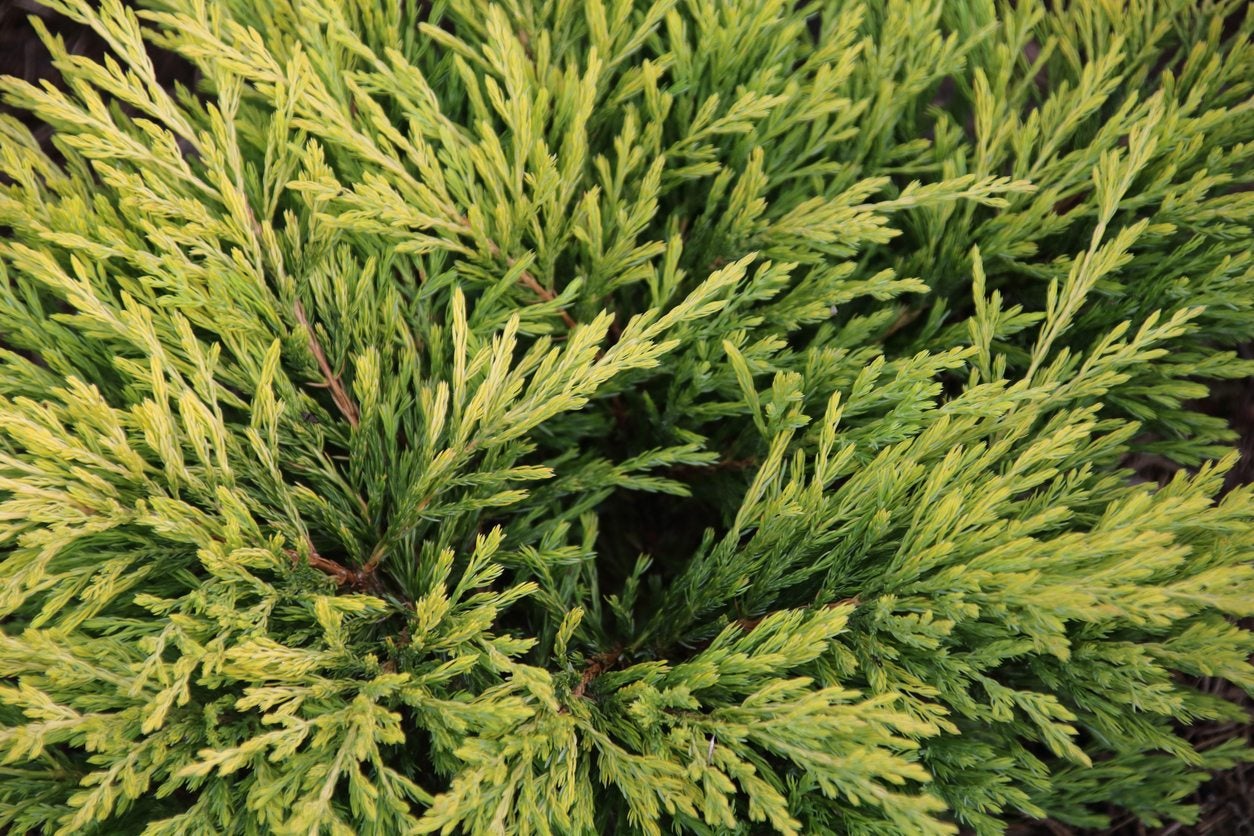Growing Hinoki Cypress: Care For Hinoki Cypress Plants

Hinoki cypress (Chamaecyparis obtusa), also known as Hinoki false cypress, is a member of the Cupressaceae family and a relative of the true cypresses. This evergreen conifer is native to Japan, where its aromatic wood was traditionally used for making theaters, shrines, and palaces.
Hinoki False Cypress Information
The Hinoki cypress is useful in privacy screens because of its tall, dense, conical, or pyramidal growth habit. It is also popular for use in ornamental plantings within its growing range and as a bonsai. Hinoki cypresses planted in gardens and parks typically reach 50 to 75 feet (15-23 m.) tall with a spread of 10 to 20 feet (3-6 m.) at maturity, though the tree can reach 120 feet (37 m.) in the wild. Dwarf varieties are also available, some as small as 5 to 10 feet tall (1.5-3 m.). Growing Hinoki cypress can be a great way to add beauty and interest to your garden or backyard. The scale-like leaves grow on slightly drooping branchlets and are typically dark green, but varieties with bright yellow to gold foliage have been developed. The reddish brown bark is also ornamental and peels off attractively in strips. Some varieties have fan-shaped or whorled branchlets.
How to Grow a Hinoki Cypress
Hinoki cypress care is simple. First, select an appropriate planting site. This species is hardy in USDA gardening zones 5a to 8a, and it prefers moist but well-drained, loamy soil. Full sun is best, but the tree can also grow in light shade. Hinoki cypress does not adapt well to being transplanted, so be sure to choose a planting location which can accommodate the tree’s size at maturity. The Hinoki cypress prefers somewhat acidic soil: the pH should be between 5.0 and 6.0 for optimum health. It is best to have your soil tested and to correct the pH, if necessary, before planting. To care for Hinoki cypress after planting, water regularly whenever rainfall is not sufficient to maintain soil moisture. Be aware that the plant naturally sheds old needles in winter, so some browning is not necessarily a problem. As with most conifers, fertilizer is not usually necessary unless signs of nutrient deficiency appear. However, a fertilizer designed for acid-loving plants can optionally be added each spring.
Sign up for the Gardening Know How newsletter today and receive a free copy of our e-book "How to Grow Delicious Tomatoes".
Ilana Goldowitz Jimenez is a scientific and agricultural writer with a B.S. in Plant Sciences from Cornell University and a PhD in Chemical Biology and Infectious Disease from Harvard University.